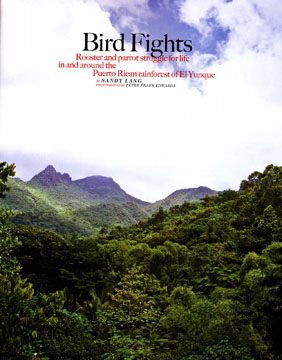Along one of the coral dust and gravel lanes of a campground that’s just a few miles past the seven-mile bridge to the Lower Florida Keys, we pitched our tent. A few feet away was the site’s (number 57) wooden picnic table, and our neighbors’ RVs and “cabana” trailers surrounded us… their canopies strung with party lights shaped of globes, fish and alligators. The mid-March mornings and evenings were still sweater-cool at the Sunshine Key RV Resort & Marina, but in mid-day everyone looked for shade, water or air conditioning.
We were lucky enough to join fishing parties on two of the three long Florida days of our visit… riding out with Captain Bookie Burns in his 23-foot Aquasport. The first day’s trip was to the jostling Atlantic side for a couple hours over a 20-foot bottom where we reeled in mostly Lane Snapper and Yellow Tail while the boat bucked against its anchor and the chum bag made its long line for us to cast into. Besides the catch (which was slow at the start, but just enough to keep things interesting), the floating chum also attracted a steady school of silvery ballyhoo, and then at one point, a cruising 4-5 foot shark. Further out, a hefty sea turtle bobbed up and looked around. When our bait of shrimp ran out, we motored nearer to shore to drop anchor in a calm bay about four-feet deep. The captain wanted to do some snorkeling, see if he could back some spiny lobsters into his mesh sea bag. Soon we’d added a couple of the claw-lacking lobsters to the cooler, and back at the campground that night, Peter Frank sliced a tail for grilling, alongside a whole grunt, with lime.
The second fishing day was on the calmer Gulf of Mexico over a grassy, 14-foot bottom where the Jack Crevalle, mackerel, Mangrove Snapper and Lane Snapper kept us busy. We were only at Sunshine four nights/three days, but we got in a Keys groove… after fishing we’d swim from the campground dock in a mud and sand-bottomed wash between the Gulf and the Atlantic. Then we’d shower in the cinder block bath houses and head back to our campsite or someone else’s for cocktails or beer, and plates of hors d’oeuvres… hard boiled eggs, peanuts, crab dip, cocktail weiners on toothpicks, spears of asparagus. And then in the breezy night with coconut trees leaning, we’d sleep well and long on the air mattress with all screens open in the tent… once after a particularly good round of picnic table dominoes.
– Sandy Lang, March 2009


















